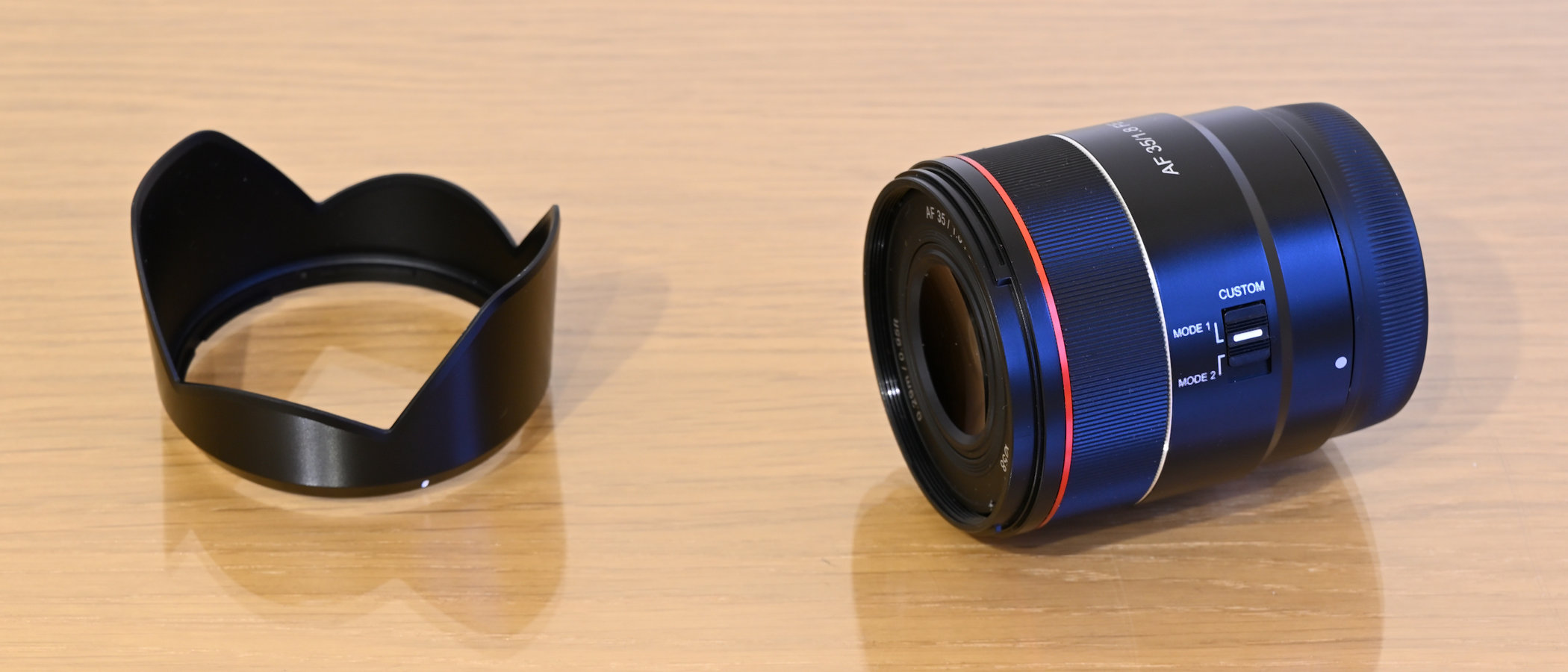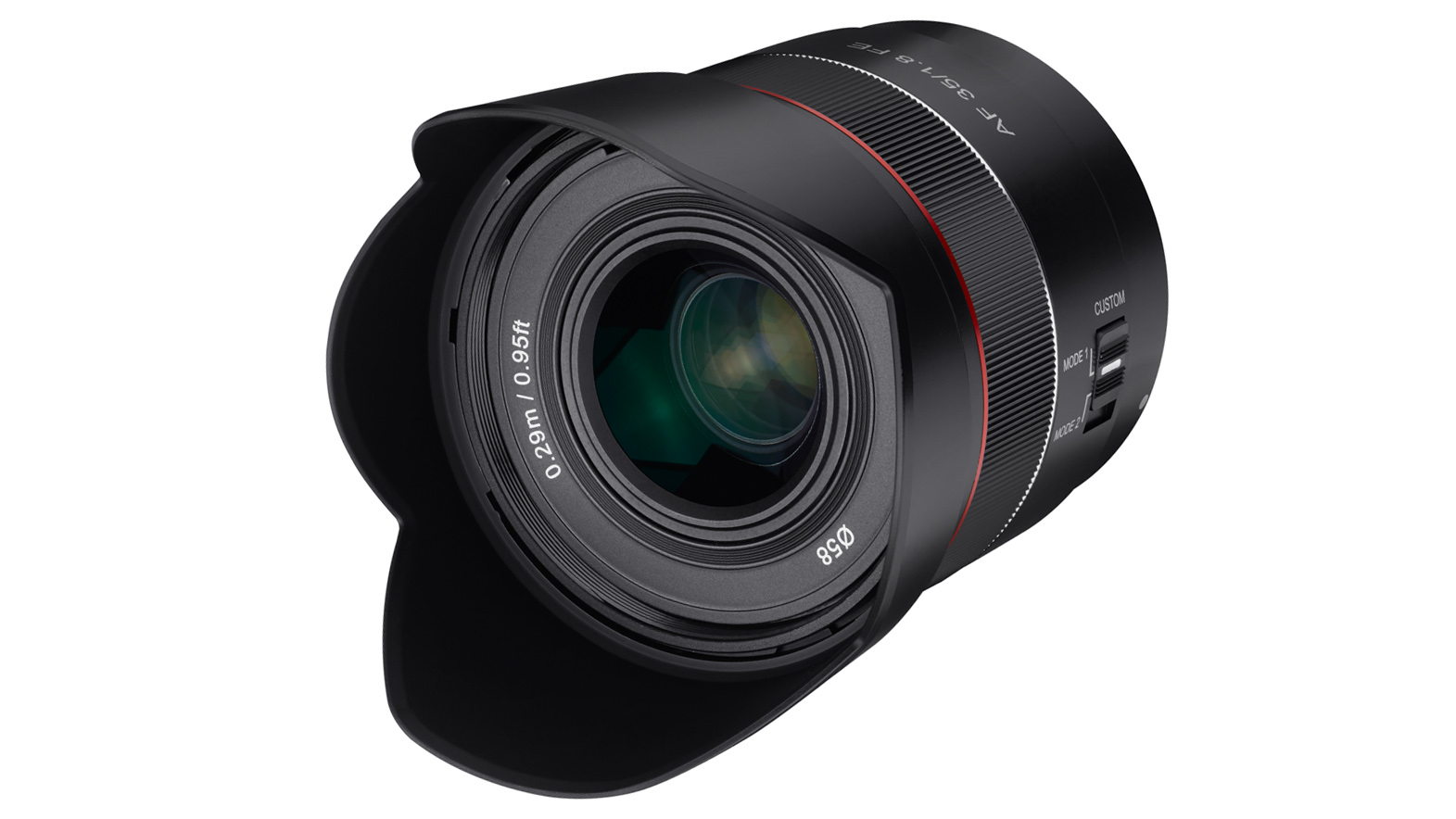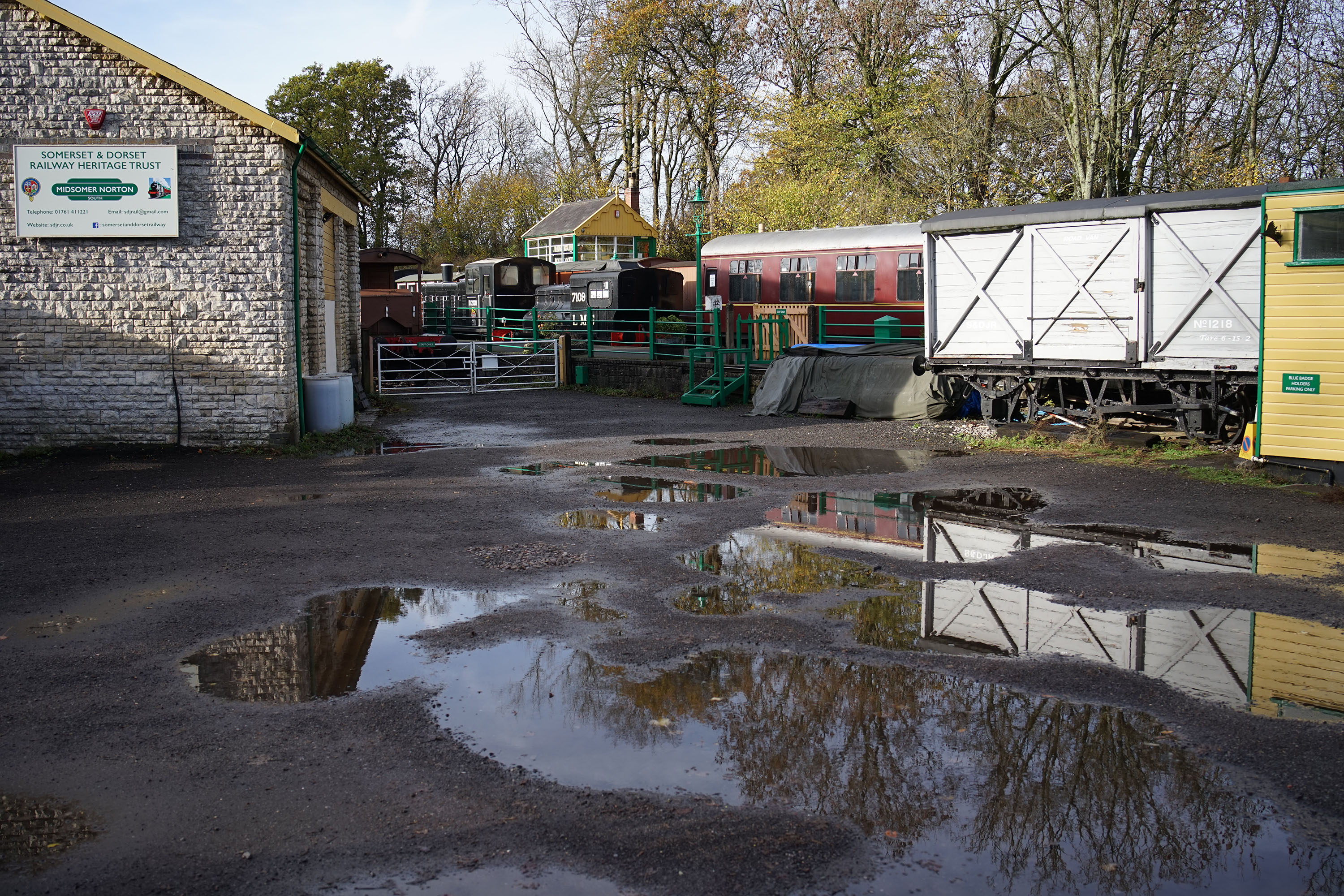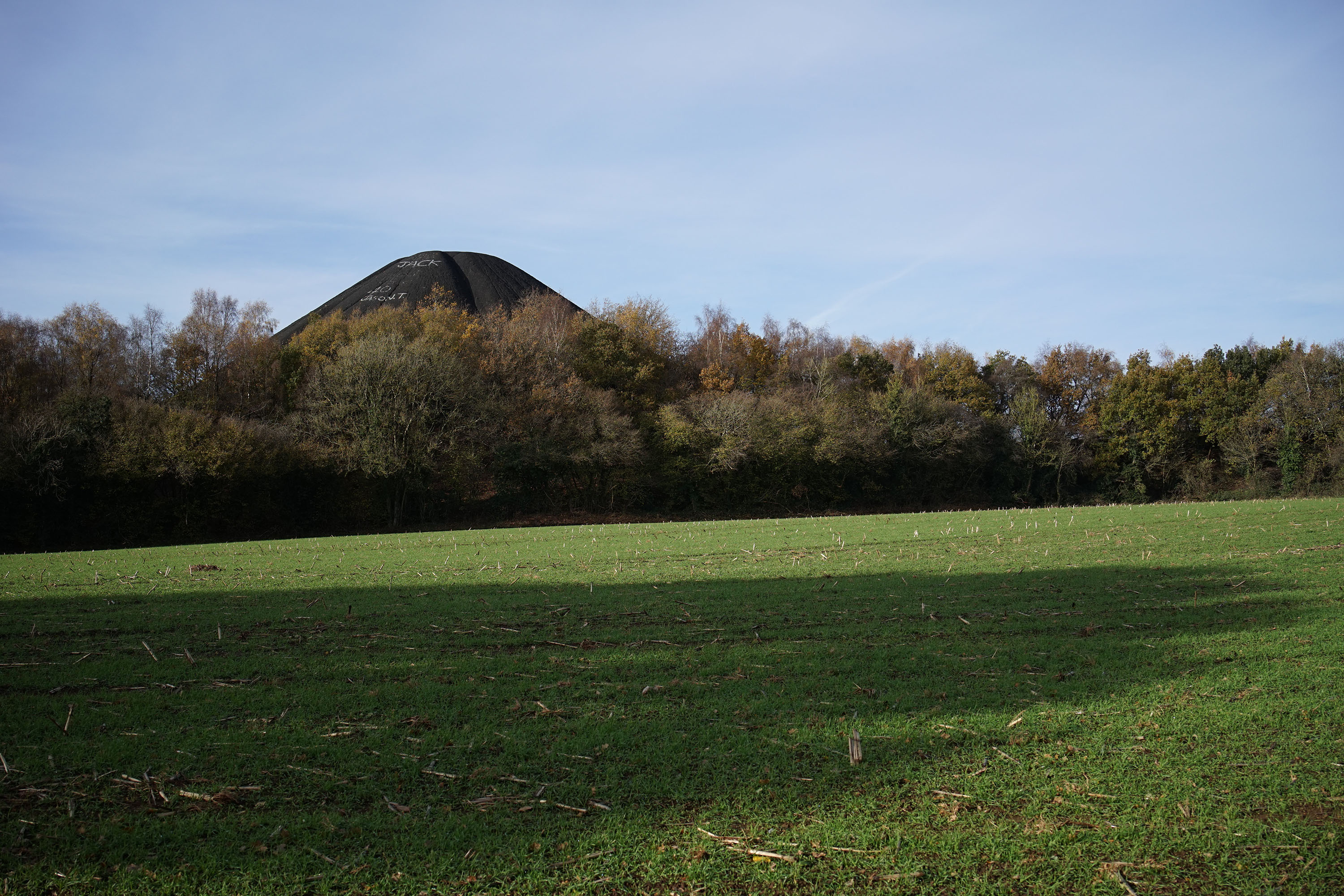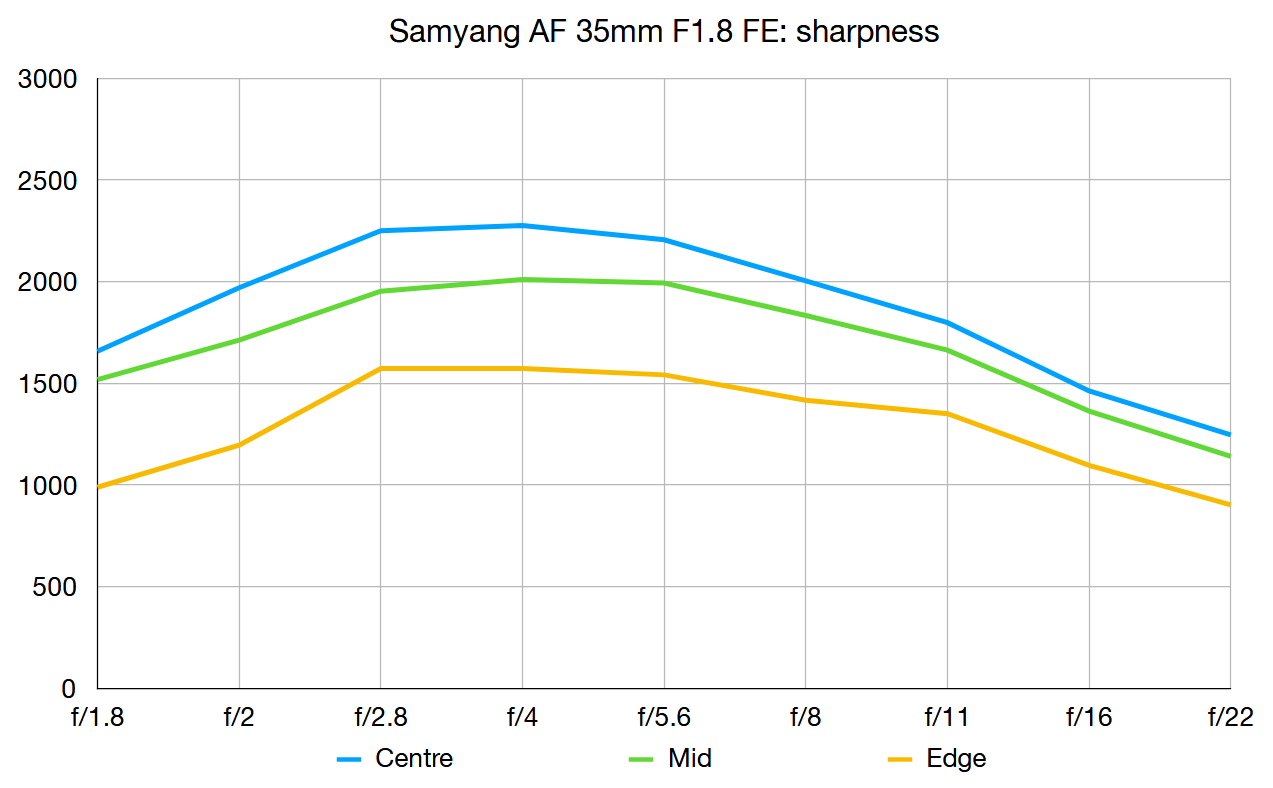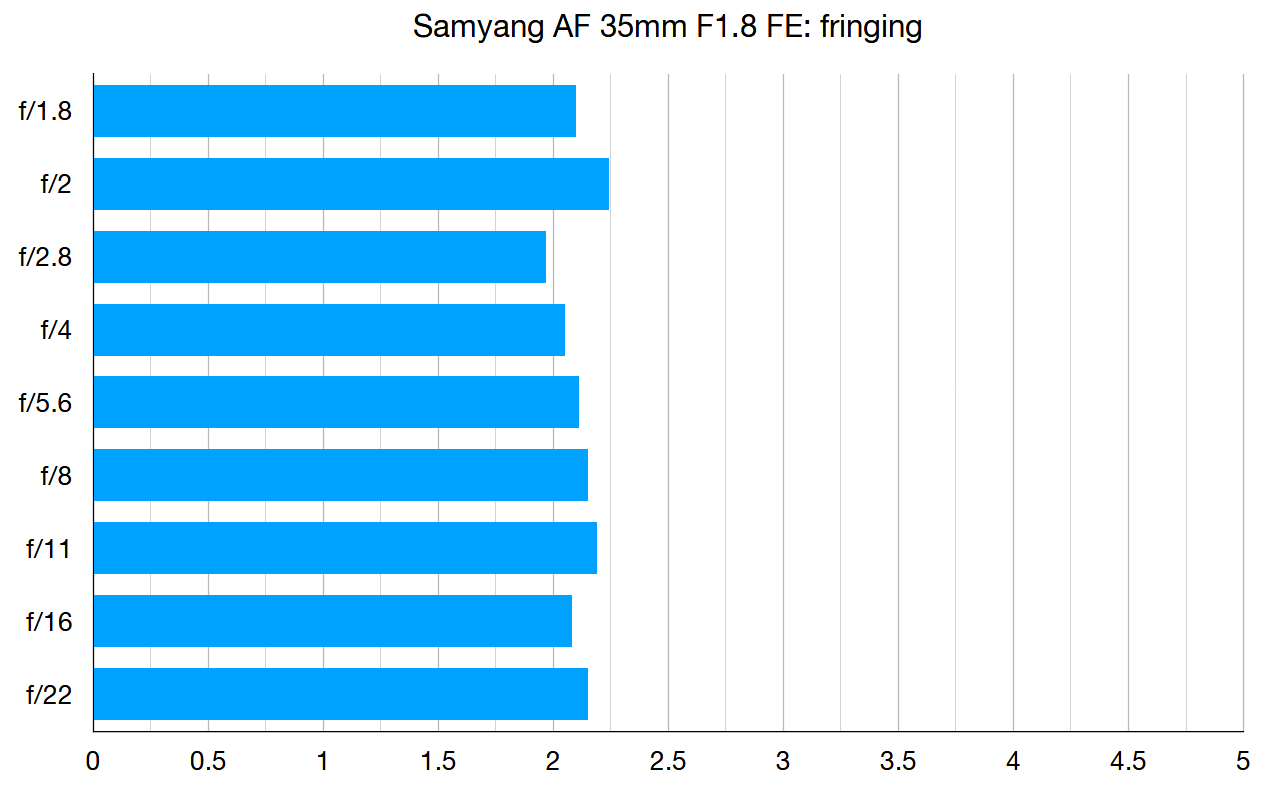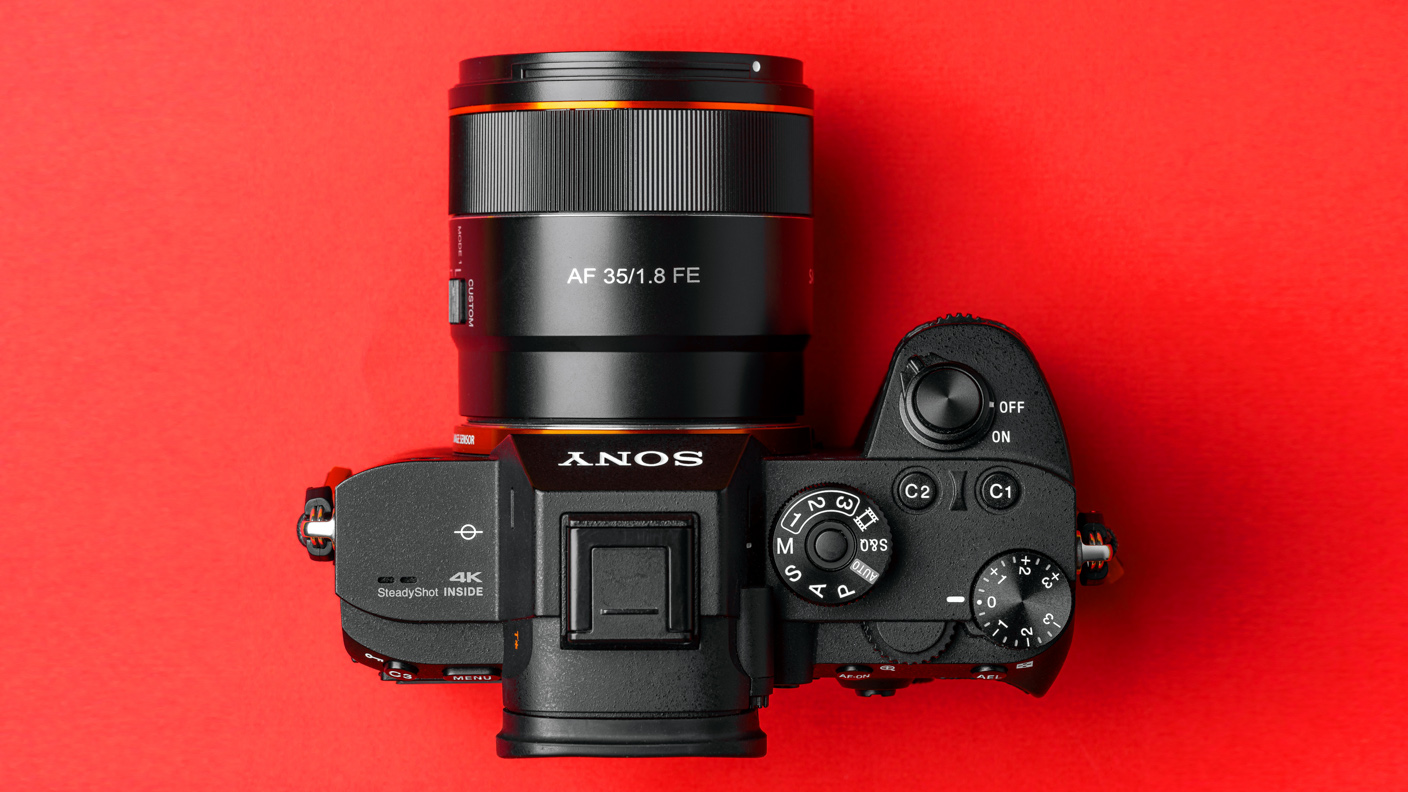Digital Camera World Verdict
Occupying the middle ground in Samyang’s line-up of 35mm autofocus prime lenses for Sony full-frame E-mount mirrorless cameras, the f/1.8 is the third lens in the trilogy. It’s refreshingly small and lightweight, not as tiny as its f/2.8 sibling but certainly not as bulky as the faster f/1.4 lens. All in all, it’s a smart all-rounder that works really well for street photography and much more besides, at an affordable price.
Pros
- +
Good-quality yet lightweight construction
- +
Impressive image quality
- +
Pleasant bokeh at wide apertures
Cons
- -
Corner-sharpness at wide apertures could be better
- -
Minimum focus distance is fairly modest
- -
As usual, no focus distance scale
Why you can trust Digital Camera World
The new Samyang AF 35mm f/1.8 FE represents a middle ground between Samyang’s 35mm f/2.8 autofocus lens for Sony cameras which is of practically pancake proportions, and its f/1.4 lens is relatively hefty at 645g. Also sold as the Rokinon AF 35/1.8, this f/1.8 35mm is still small and lightweight, at just 65x64mm and 210g respectively, making it a diminutive and stealthy optic for candid street photography and general shooting, while its f/1.8 aperture rating enables fast shutter speeds under low lighting conditions, and a fairly tight depth of field at close focus distances.
Specifications
Mount: Sony E (FE)
Also known as: Rokinon AF 35/1.8 for Sony E
Full frame: Yes
Autofocus: Yes
Image stabilization: No
Lens construction: 10 elements in 8 groups
Angle of view: 63.6 degrees
Diaphragm blades: 9
Minimum aperture: f/22
Minimum focusing distance: 0.29m
Maximum magnification ratio: 0.17x
Filter size: 58mm
Dimensions: 65x64mm
Weight: 210g
Key features
Despite its small build, the Samyang AF 35mm f1.8 FE is full-frame compatible, and also works well as a ‘standard’ prime on Sony’s APS-C format E-mount bodies, where it has an effective focal length of 52.5mm. And although it’s a lightweight lens, it nevertheless packs in 10 elements in 8 groups, including two aspherical elements and two HR (High Refractive Index) elements. There’s also a downsized yet fast, virtually silent and highly effective linear stepping motor to drive autofocus.
The physical appearance isn’t quite as basic as in some Sony E-mount lenses, as the Samyang features a ‘Custom’ switch that gives the option of two operating modes. As it stands, this allows the electronically coupled control ring to be used as a regular manual focus ring or, for example, to enable stepless aperture control when shooting movies. Samyang says that additional options will be made available via future firmware updates.
The minimum focus distance of 0.29m is nothing special for a 35mm lens, enabling a maximum magnification ratio of 0.17x. It’s worth noting that, at this price point, the Samyang is in direct competition with Tamron’s 35mm f/2.8 Di III OSD M1:2 lens, which is exactly the same weight and length, but has a little more girth. Naturally, the Tamron has a slower aperture rating but it boasts a closer minimum focusing distance of 0.15m, delivering a generous 0.5x macro magnification ratio.
Build and handling
Although small and lightweight, the construction feels solid and robust, combining plastic barrel parts with a metal mounting plate. Weather-seals are fitted to the joints of the lens and around the Custom switch, to fend off the ingress of dust and moisture.
Handling is a joy, not only because the lens itself is so compact and light, but also because the control ring feels very tactile. Considering that it’s electronically rather than mechanically coupled, the physical feedback feels very natural. Good build quality extends to the petal-shaped lens hood and a semi-rigid case that are supplied with the lens.
The best camera deals, reviews, product advice, and unmissable photography news, direct to your inbox!
Performance
Sharpness across most of the image frame is excellent, even when shooting wide-open at f/1.8. Edges and corners take a little while to catch up, but become impressive in the aperture range between f/2.8 and f/11. Autofocus is fast, reliable and near-silent, as advertised.
There can be some noticeable longitudinal or ‘axial’ chromatic aberration when shooting wide-open, producing coloured fringes around the outlines of objects in a scene that are just in front of or behind the point of focus. Lateral chromatic aberration is more minimal, even towards the extreme edges and corners of the frame. You therefore won’t see much colour fringing around high-contrast edges of objects like dark tree branches against a bright sky, and in-camera corrections are available for a further reduction. The same goes for the fairly small amount of barrel distortion.
Sample images
Lab tests
Sharpness:
The sharpness scores in the two graphs below are produced by shooting a monochrome test chart covered in multiple sharp boundaries between black and white. This image is then assessed by specialist software, with the extent of blur on the contrast boundaries at the centre, mid and edges of the image converted into a spatial frequency value to determine how many line widths per picture height the lens is capable of resolving. A higher spatial frequency corresponds to a greater number of finer lines over a given distance that the lens can resolve - this number is the sharpness score.
Sharpness in the central region is very good even when shooting wide open. It becomes excellent at f/2.8, at which point sharpness also becomes impressive towards the edges and corners of the frame.
Fringing:
The chromatic aberration scores are calculated using the same chart we use for measuring sharpness. This time the processing software assesses the sharp black-white contrast boundaries and determines the width in pixels of the colour fringe that divides black from white - the larger the width of the fringe, the greater - and worse - the fringing score.
The Samyang doesn’t score overly well in lab-tests for controlling lateral chromatic aberration towards the edges and corners of the frame but real-life performance is very good, even without deploying in-camera correction.
Distortion: -1.17
At the top and bottom of our lens test chart are horizontal black bars that run its full width. A lens that bulges these lines towards the edges of frame produces barrel distortion, the degree of which is indicated by a negative score. Shrinking (pincushion) distortion, usually produced by a telephoto lens, produces a positive score. The higher the number - positive or negative - the greater the distortion. A score of zero indicates no distortion.
There’s just a touch of barrel distortion but it’s not enough to be generally noticeable. As with lateral chromatic aberration, in-camera correction is available.
Verdict
As a high-performance yet compact, lightweight and affordable 35mm prime, this Samyang lens has a lot going for it. It’s well made with a robust construction that includes weather-seals. Image quality is impressive in all respects. The dual-mode custom switch is a useful addition, especially if you hanker after stepless aperture control when shooting movies. All in all, it’s an attractive lens at an attractive selling price.
Read more:
The best Samyang & Rokinon lenses
The best lens for street photography: top 35mm prime lenses rated
Matthew Richards is a photographer and journalist who has spent years using and reviewing all manner of photo gear. He is Digital Camera World's principal lens reviewer – and has tested more primes and zooms than most people have had hot dinners!
His expertise with equipment doesn’t end there, though. He is also an encyclopedia when it comes to all manner of cameras, camera holsters and bags, flashguns, tripods and heads, printers, papers and inks, and just about anything imaging-related.
In an earlier life he was a broadcast engineer at the BBC, as well as a former editor of PC Guide.
